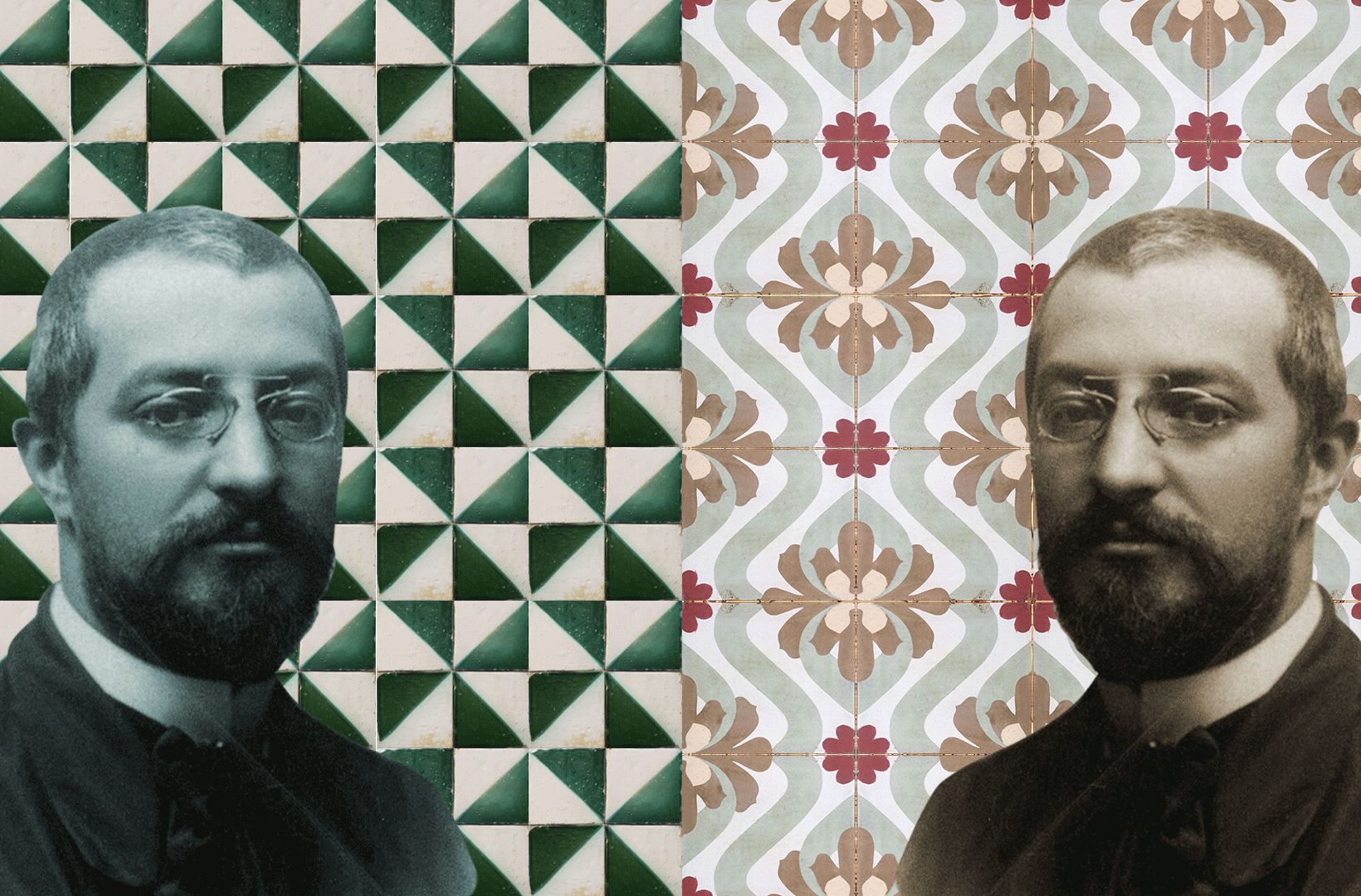Go for a walk and find yourself admiring an architectural gem from the Catalan Modernisme movement like that of the Capella del Santíssim chapel of the Church of Sant Roma in Lloret de Mar.
Every day, the "Lloretencs" (people from Lloret de Mar) get to live, walk and move through the streets of a city that is full of details from this artistic movement, the centre of which was located in Catalonia.
The presence of Modernisme in Lloret de Mar was made possible thanks to the influence of the Indians, who used their wealth obtained overseas to hire some of the most prominent architects and artists of that time to build houses, churches, gardens and even a cemetery that today is considered to be one of the most interesting in the whole territory.

Santa Clotilde Gardens
Style: Noucentisme
The architect: Nicolau Maria Rubió i Tudurí
Other works that will sound familiar to you: Montjuic Park and the first garden in the Francesc Macià square
Highlights: the l’Escala de les Sirenes steps, the sculpture garden and, obviously, the views.

The Church of Sant Romà
Style: Modernisme
The architect: Bonaventura Conill i Montobbio
An important fact: the church was built in a Gothic style in 1509, but the Conill Town Hall carried out a restoration in 1916 with a Modernista influence.
Highlights: The colourful domes that crown the Modernista side chapels.

Can Font
Style: Modernisme
The architect: Fèlix Torras i Mataró
An interesting fact: the façade is in a Neoclassical style.
Highlights: sgraffito on the ceilings and walls, artistic iron railings and the ceramic mosaics and floors.

The Cemetery
Style: Modernisme
An important architect who participated: Josep Puig i Cadafalch
Highlights: the Modernista sculptures, the interior mosaics and the burial place of Bonaventura Conill and Montobbio.

Sant Pere del Bosc
Style: Modernisme
The architect: Josep Puig i Cadafalch
Highlights: the ancient monastery from the 10th century was extended by the Indian Nicolau Font i Maig. (it is currently a private establishment)


Santa Clotilde Gardens
Style: Noucentisme
The architect: Nicolau Maria Rubió i Tudurí
Other works that will sound familiar to you: Montjuic Park and the first garden in the Francesc Macià square
Highlights: the l’Escala de les Sirenes steps, the sculpture garden and, obviously, the views.

The Church of Sant Romà
Style: Modernisme
The architect: Bonaventura Conill i Montobbio
An important fact: the church was built in a Gothic style in 1509, but the Conill Town Hall carried out a restoration in 1916 with a Modernista influence.
Highlights: The colourful domes that crown the Modernista side chapels.

Can Font
Style: Modernisme
The architect: Fèlix Torras i Mataró
An interesting fact: the façade is in a Neoclassical style.
Highlights: sgraffito on the ceilings and walls, artistic iron railings and the ceramic mosaics and floors.

The Cemetery
Style: Modernisme
An important architect who participated: Josep Puig i Cadafalch
Highlights: the Modernista sculptures, the interior mosaics and the burial place of Bonaventura Conill and Montobbio.

Sant Pere del Bosc
Style: Modernisme
The architect: Josep Puig i Cadafalch
Highlights: the ancient monastery from the 10th century was extended by the Indian Nicolau Font i Maig. (it is currently a private establishment)


Santa Clotilde Gardens
Style: Noucentisme
The architect: Nicolau Maria Rubió i Tudurí
Other works that will sound familiar to you: Montjuic Park and the first garden in the Francesc Macià square
Highlights: the l’Escala de les Sirenes steps, the sculpture garden and, obviously, the views.

The Church of Sant Romà
Style: Modernisme
The architect: Bonaventura Conill i Montobbio
An important fact: the church was built in a Gothic style in 1509, but the Conill Town Hall carried out a restoration in 1916 with a Modernista influence.
Highlights: The colourful domes that crown the Modernista side chapels.

Can Font
Style: Modernisme
The architect: Fèlix Torras i Mataró
An interesting fact: the façade is in a Neoclassical style.
Highlights: sgraffito on the ceilings and walls, artistic iron railings and the ceramic mosaics and floors.

The Cemetery
Style: Modernisme
An important architect who participated: Josep Puig i Cadafalch
Highlights: the Modernista sculptures, the interior mosaics and the burial place of Bonaventura Conill and Montobbio.

Sant Pere del Bosc
Style: Modernisme
The architect: Josep Puig i Cadafalch
Highlights: the ancient monastery from the 10th century was extended by the Indian Nicolau Font i Maig. (it is currently a private establishment)

Nicknamed the "stone poet" (1867-1956), he is representative of the Catalan Modernisme movement and, later on, of Noucentisme. His work stands out for being incredibly diverse, influential and imaginative.
He left his mark on the cemetery of Lloret de Mar and in Sant Pere del Bosc.
Some of his other work that will sound familiar to you are Casa Amatller and Casa de les Punxes in Barcelona.









